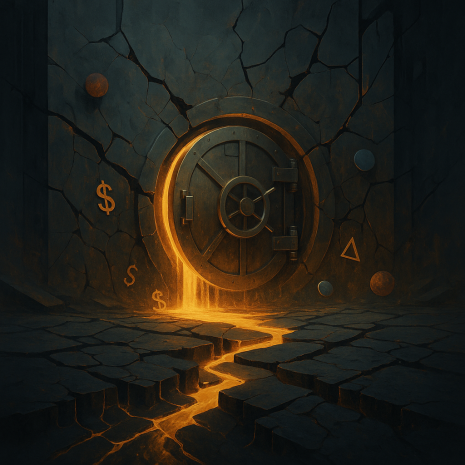
Breaking News
 Federal Disaster Aid Dependent on Not Boycotting Israel?
Federal Disaster Aid Dependent on Not Boycotting Israel?
 $125 100Ah LiFePO4 a Scam?! Or Actually Good?
$125 100Ah LiFePO4 a Scam?! Or Actually Good?
 I've Never Seen A Ceramic Coating This Good! Not Even Close!
I've Never Seen A Ceramic Coating This Good! Not Even Close!
Top Tech News
 'Robot skin' beats human reflexes, transforms grip with fabric-powered touch
'Robot skin' beats human reflexes, transforms grip with fabric-powered touch
 World's first nuclear fusion plant being built in US to power Microsoft data centers
World's first nuclear fusion plant being built in US to power Microsoft data centers
 The mitochondria are more than just the "powerhouse of the cell" – they initiate immune...
The mitochondria are more than just the "powerhouse of the cell" – they initiate immune...
 Historic Aviation Engine Advance to Unlock Hypersonic Mach 10 Planes
Historic Aviation Engine Advance to Unlock Hypersonic Mach 10 Planes
 OpenAI CEO Sam Altman Pitches Eyeball-Scanning World ID to Bankers
OpenAI CEO Sam Altman Pitches Eyeball-Scanning World ID to Bankers
 New 3D-printed titanium alloy is stronger and cheaper than ever before
New 3D-printed titanium alloy is stronger and cheaper than ever before
 What is Unitree's new $6,000 humanoid robot good for?
What is Unitree's new $6,000 humanoid robot good for?
 "No CGI, No AI, Pure Engineering": Watch Raw Footage Of 'Star Wars'-Style Speeder
"No CGI, No AI, Pure Engineering": Watch Raw Footage Of 'Star Wars'-Style Speeder
 NASA's X-59 'quiet' supersonic jet rolls out for its 1st test drive (video)
NASA's X-59 'quiet' supersonic jet rolls out for its 1st test drive (video)
 Hypersonic SABRE engine reignited in Invictus Mach 5 spaceplane
Hypersonic SABRE engine reignited in Invictus Mach 5 spaceplane
Red Alert in Reverse Repos

When the Backstop Fades, Cracks Appear Everywhere
At first glance, $84.356 billion might not seem alarming. But when that number represents the remaining cushion in a trillion-dollar market plumbing mechanism—the RRP facility—you should sit up. Because something is breaking beneath the surface.
What Are Reverse Repos—Why Should You Care?
The Overnight Reverse Repurchase Agreement (RRP) facility is a tool the Fed uses to absorb excess cash in the financial system. It acts as a release valve when liquidity is abundant and dealers need a safe place to park cash overnight.
From mid-2021 through early 2023, usage surged—peaking near $2.5 trillion. It was the market's way of saying:
"There's more cash than collateral. We don't trust the risk assets. Let us sleep in Treasuries tonight." But now, the cash is gone. This week, the RRP balance has now dropped below $100 billion for 2 out of the last 3 trading days.

 Red Alert in Reverse Repos
Red Alert in Reverse Repos

